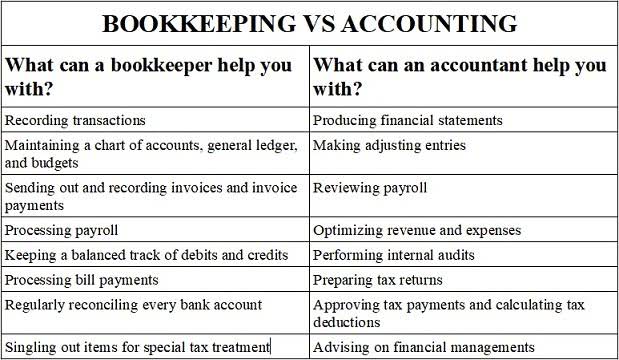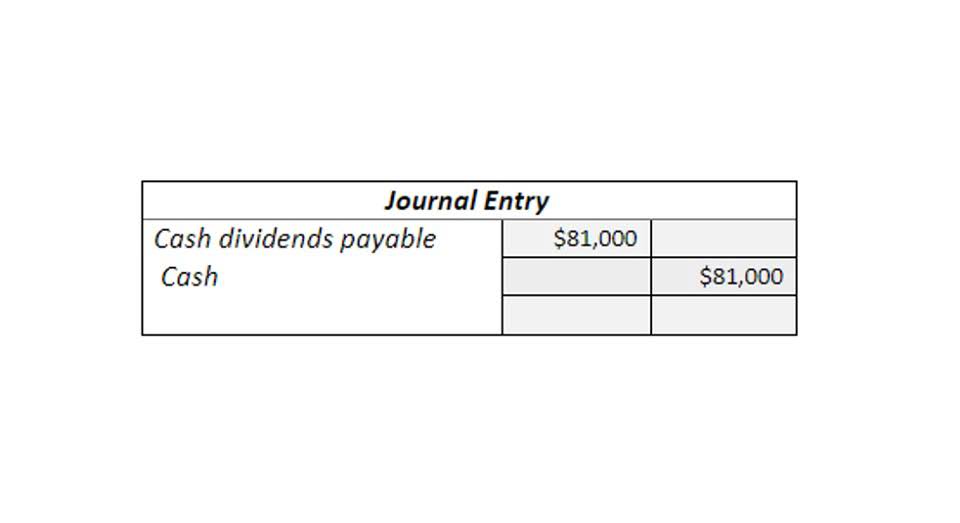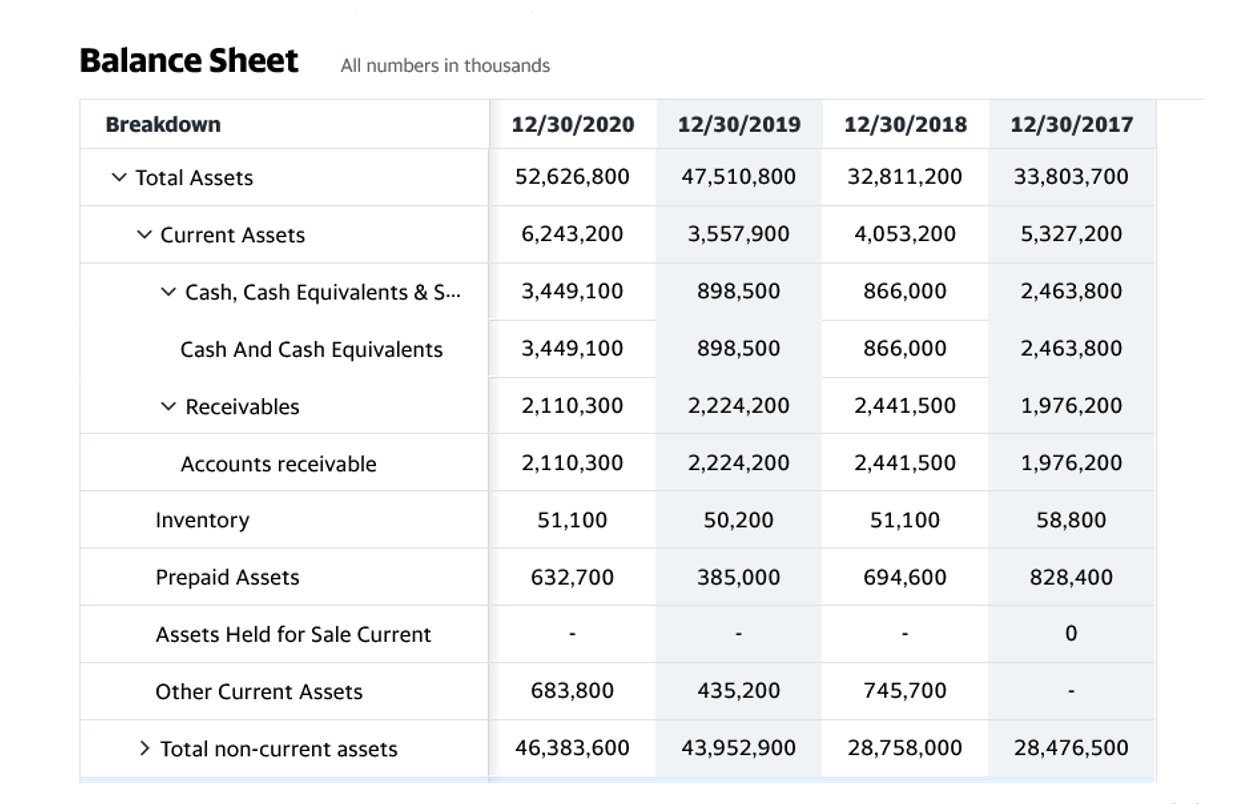
The focus is mainly IFRS for simplicity, though ASPE is substantially similar. These will be discussed in more detail in the chapters that follow in the next intermediate accounting course. Note that the interest component decreases for each of the scenarios even though the total cash repaid is $5,000 in each case.

notes receivable
- On the other hand, businesses typically incur notes payable when borrowing money, issuing bonds, or entering into agreements where they owe payments to external parties.
- As the length of time to maturity of the note increases, the interest component becomes increasingly more significant.
- When it collects cash against its A/R balance, a company is converting the balance from one current asset to another.
- Other changes in estimates involve uncollectible receivables, asset impairment losses, and pension assumptions that could affect the accrued pension asset/liability account in the SFP/BS.
Some companies have a different business model and insist on being paid up front. In this case, the business doesn’t record an A/R transaction but instead enters a liability on its balance sheet to an account known as unearned revenue or prepaid revenue. You would think that every company wants a flood of future cash coming its way, but that is not the case. Money in A/R is money that’s not in the bank, and it can expose the company to a degree Bookkeeping for Chiropractors of risk. If Walmart were to go bankrupt or simply not pay, the seller would be forced to write off the A/R balance on its balance sheet by $1.5 million.
Are notes receivable, debit, or credit?

For instance, if a sale is net 10, you have 10 days from the time of the invoice to pay your balance. The valuation of receivables balances quantitative analysis with informed judgment. It requires estimating the amounts likely to be collected, considering the face value of invoices and factors like market trends and customer industry conditions that might affect collectability. Any accrued interest is added as interest receivable in the period for which it is what are notes receivable accrued.
- The corresponding entry on the debtor’s balance sheet would be a credit to reflect the liability owed.
- The higher a firm’s accounts receivable balance, the less cash it has realized from sales activities.
- When a buyer doesn’t adhere to the payment terms, the seller can approach its customer and offer new terms or some other remedy to collect on the bill.
- None of these options is guaranteed to be effective, so if all else fails, it may be time to write the account receivable off as a bad debt.
- The content on this website is provided “as is;” no representations are made that the content is error-free.
- It is calculated by dividing net credit sales by average accounts receivable.
- Now that we’ve got an idea of what notes receivable are and how they work, let’s turn our attention to how they work in the accounting context and how they impact financial statements.
Notes Receivable in Liquidity Analysis
Just as was the case with accounts receivable, there is a possibility that the holder of the note receivable will not be able to collect some or all of the amounts owing. When the investment in a note receivable becomes impaired for any reason, the receivable is re-measured at the present value of the currently expected cash flows at the loan’s original effective interest rate. The payee of a note receivable is the company or individual expected to receive payment from the debtor. Unlike accounts receivable, which are usually paid off within one year, a note receivable can have time to pay that extends beyond the year of the balance sheet date.

Account
The best way to understand accounts receivable is to view a transaction unearned revenue and how it ends up on the balance sheet. A practical approach involves categorizing receivables by risk, based on factors like payment history and economic indicators. For instance, longstanding customers with reliable payment histories may require smaller allowances, while newer clients or those in volatile industries might warrant higher provisions. Explore the intricacies of notes receivable, from initial recognition to liquidity analysis, to enhance your financial reporting accuracy.

Impaired Notes Receivable
- Accounts payable is the mirror image of accounts receivable because it records money your company owes.
- IFRS companies and larger ASPE companies extensively use the cross-referencing method because of the more complex and lengthy notes disclosures required.
- These five tips will ensure consistent and timely payment of your accounts receivable.
- These were first introduced in the introductory accounting course and will also be discussed in detail in the next intermediate accounting course.
- Retrospective application reduces the risk of changing policies to manage earnings aggressively because the restatement is made to all prior years as well as the current year.
- If accounts receivable are written off as bad debt, this indirectly reduces cash flow by lowering the company’s net income.
The accounts receivable turnover ratio indicates how fast, on average, your customers pay the invoices you send out. A broader accounts receivable definition refers to any money owed to a company—any unpaid invoices define a company’s accounts receivable. If the current portion of the long-term debt is not reported as a current liability, there will be a material reporting misstatement that would affect the assessment of the company’s liquidity and solvency. Are known, the fifth “unknown” variable amount can be determined using a business calculator or an Excel net present value function. For example, if the interest rate (I/Y) is not known, it can be derived if all the other variables in the equation are known. This will be illustrated when non-interest-bearing long-term notes receivable are discussed later in this chapter.

Recent Comments